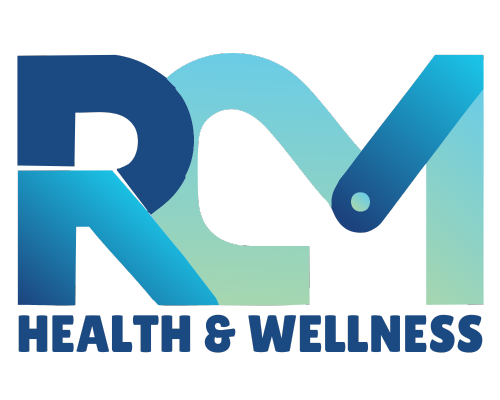“Cortisol Recovery Isn’t a Quick Fix—It’s a Lifestyle Shift”
Introduction: We’ve learned how cortisol affects our bodies, energy, mood, weight, and sleep. We’ve explored how to lower it naturally through lifestyle changes. Now comes the hardest—and most important—part: Executing the changes and staying consistent.
Cortisol recovery isn’t a one-week reset. It’s a long-game strategy rooted in safety, rhythm, and resilience. Here’s how to maintain the progress we’ve made—and what to do when life gets stressful again.
🔁 1. Build Repeatable Rhythms, Not Rigid Routines
Cortisol thrives on predictability. But your recovery doesn’t have to be perfect—it just needs rhythm and consistency.
Instead of chasing the “perfect day,” ask yourself:
✔ Did I anchor my morning with natural light, movement, or stillness?
✔ Did I regulate blood sugar with balanced meals?
✔ Did I wind my nervous system down with a screentime blackout before bed and a predictable bedtime?
These daily “reset cues” signal safety to your brain (Huberman, 2021). Repeating them consistently creates rhythm and hormone resilience.
🛑 2. Know the Warning Signs of Relapse
Cortisol imbalance has early warning signs—if you know what to look for:
- Wired but tired at night
- Waking up at 2–4 a.m.
- Junk food cravings
- Anxiety spikes during the day
- Trouble focusing
These are signs your stress load is climbing. Treat them like a dashboard light in your car—not failure. If possible, it is important to take your foot off the gas. Re-engage with your basics. Listen to your body, it’s is talking to you. (McEwen, 1998)
🧘♀️ 3. Your Nervous System is the Gatekeeper
Your body doesn’t heal because you tell it to. It heals when it feels safe. Chronic stress puts the nervous system in “threat…fight or flight mode”—even if nothing dangerous is actually happening. Your job is to help it downshift again and again.
Proven tools:
- Grounding exercises
- Balanced meals with real whole food
- Meditation or prayer
- Gentle movement (yoga, walking)
- Breathwork (especially long exhales)
- Predictable Bedtime
The parasympathetic system (“rest and digest”) only activates when the brain believes the danger/threat has passed. (Porges, 2011)
🛡 4. Stress Will Come—Have a Plan
Let’s be honest: we live in the modern world, and stressors and stress aren’t going away. What matters is how you respond.
Smart stress buffers:
- 10-minute walk after arguments or bad news
- Keep protein-rich snacks on hand (balances blood sugar)
- Use music, scent (essential oils), or touch (message therapy) to ground you
- Consistent reasonably strenuous exercise
- Journal: “What do I need right now?”
- Read growth and/or pleasure material to help decompress.
- Reengage with your favorite activities or hobbies.
When you buffer stress in real time, you prevent cortisol from spiking long after the event has passed. (Sapolsky, 2004)
🔁 5. Repeat the Cycle—This is the Lifestyle
There’s no finish line for nervous system care. You don’t “cure” high cortisol—you manage it. And the wins build over time as you lock in these new habits:
- Better sleep
- Easier weight management…fewer cravings.
- Clearer thinking…fewer anxiety spikes.
- Better emotional regulation…fewer mode swings.
- Resilience in chaos
This is your invitation to embrace and live in your recovery—not just visit it during burnout.
“Cortisol isn’t your enemy. It’s your alert system. Your nervous system just needs to know when the threat (real or perceived) is over.” – RCM Health & Wellness
📚 Sources:
- Huberman, A. (2021). Huberman Lab Podcast.
- McEwen, B. S. (1998). Protective and damaging effects of stress mediators. New England Journal of Medicine.
- Porges, S. W. (2011). The Polyvagal Theory.
- Sapolsky, R. M. (2004). Why Zebras Don’t Get Ulcers.
If you missed Parts 1-4 check them out at https://rcmhealthandwellness.com/blog.
RCM also provides other health and wellness resources at https://rcmhealthandwellness.com.
